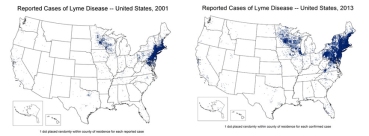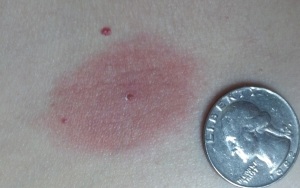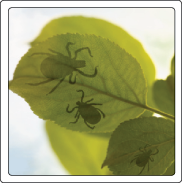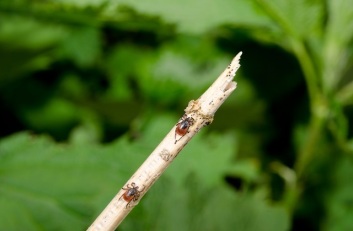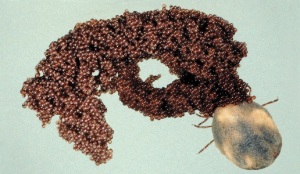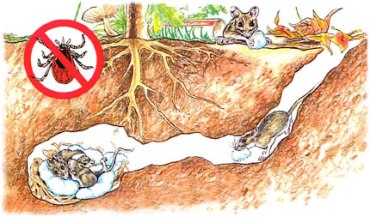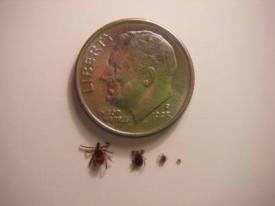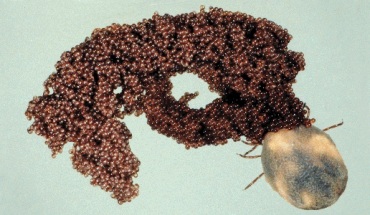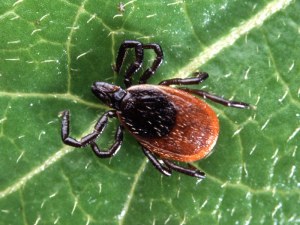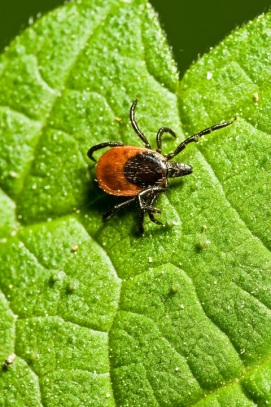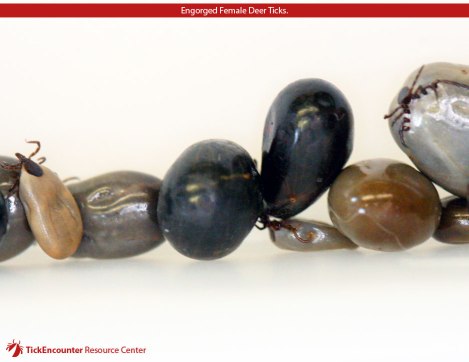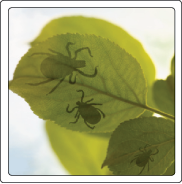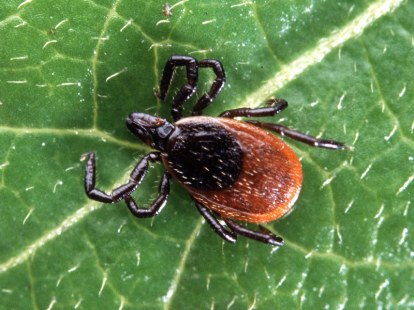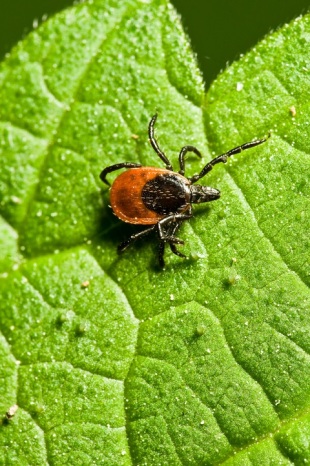Lyme Disease used to be a little known localized problem that started in Lyme, Connecticut. In 1975 a cluster of children and adults experienced arthritic symptoms that lead to the discovery of the tick-borne disease. While Lyme Disease has over the years become well known in parts of the Northeast and Midwest where it was most common such as Massachusetts, Connecticut, Pennsylvania and Minnesota – it is now in the news all up and down the eastern seaboard, even being declared an epidemic in some places.
Confirming suspicions that Lyme Disease is spreading geographically, the Centers for Disease Control and Prevention (CDC) recently published an article pointing out a 320% increase in the number of counties with high incidence of Lyme Disease. From 1997 to 2013 Lyme Disease has spread from county to county and from state to state making the risk for Lyme Disease very high along most of the east coast and all of the northeast.
Lyme Disease Prevention
Preventing Lyme Disease at your Montgomery County home means lowering your exposure to ticks and tick bites. While you could cover yourself from head to toe when you venture out, or simply don’t venture out at all – neither one of those ideas are practical when attempting to enjoy the variety of summer weather we have in the greater Washington D.C. area. With hot humid days, head to toe clothing would make your outing unbearable and no one wants to miss out on the summer season.
Mosquito Squad of West Montgomery can eliminate up to 90% of the ticks on your property, including deer ticks that are spreading Lyme Disease. With our traditional barrier spray ticks are eliminated on contact with continued protection for up to 3 weeks.
Tick Tubes Eliminate the Next Generation of Ticks
With the addition of tick tubes to your Montgomery County tick control plan, we can eliminate the next generation of ticks. Our tick tubes are placed around your property where rodents are known to travel. Within the tubes is treated nesting material for the rodents to take back to their dens. In the rodent dens tick larvae and nymphs will be eliminated before they have a chance to become infected and travel out to spread Lyme Disease to new hosts. Late summer tick tube applications prevent spring tick hatches. Call today 301-444-5566 to find out more or get on the schedule. If you wait until spring it will be too late, we want to eliminate the next generation of ticks over the winter.
Preventing your exposure to ticks is your best weapon in preventing Lyme Disease. At Mosquito Squad of West Montgomery we can eliminate 85-90% of ticks in your yard with our traditional barrier spray and tick tube treatment. Contact Mosquito Squad of West Montgomery to learn more about protecting yourself and your family from the risks of tick-borne illnesses such as Lyme Disease in your backyard! Sign up today • (301) 444-5566 • email:westmontco@mosquitosquad.com
We will manage your mosquito and tick control plan in North Potomac, North Bethesda, Rockville, Darnestown, Gaithersburg, Kensington, Takoma Park, Silver Spring, Kentlands and most of Montgomery County.
